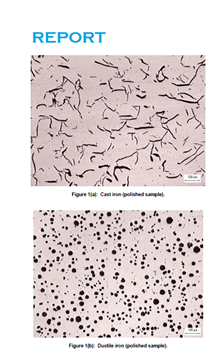Search
Cathodic Protection
View as
Sort by
Display
per page
NACE Publication 08113-2013-SG, "Corrosion Problems and Renewal Technologies in Municipal Wastewater Systems"
Product Number:
24251-SG
Publication Date:
2013
$109.00
NACE Publication 10A292-2013-SG, "Corrosion and Corrosion Control for Buried Cast- and Ductile-Iron Pipe"
Product Number:
24250-SG
Publication Date:
2013
$109.00
NACE Publication 10A392-2006 "Effectiveness of Cathodic Protection on Thermally Insulated Underground Metallic Structures
Product Number:
24156-SG
Publication Date:
2006
$179.00
NACE Publication 10A392-2018 "Effectiveness of Cathodic Protection on Thermally Insulated Underground Metallic Structures"
Product Number:
24156-2018
$109.00
NACE Publication 10B189-2014-SG, "Direct Current Operated Rail Transit Stray Current Mitigation"
Product Number:
24255-SG
Publication Date:
2014
$109.00
NACE Publication 1E100-2012-SG, “Engineering Symbols Related to Cathodic Protection”
Product Number:
24205-SG
Publication Date:
2012
$109.00
NACE Publication 30105-2005-SG, Electrical Isolation/Continuity and Coating Issues for Offshore Pipeline Cathodic Protection Systems
Product Number:
24228-SG
ISBN:
NACE Pub 30105
$109.00
NACE Publication 35201-2001-SG, Technical Report on the Application and Interpretation of Data from External Coupons Used in the Evaluation of Cathodically Protected Metallic Structures
Product Number:
24213-SG
Publication Date:
2001
$109.00
NACE Publication 41013-2013-SG, "State-of-the-Art Report: External Corrosion, Assessment and Control of Buried Piping Systems in Nuclear Power Plants"
Product Number:
24252-SG
Publication Date:
2013
$109.00
NACE Publication 7L192-2009-SG, Cathodic Protection Design Considerations for Deep Water Projects
Product Number:
24165-SG
Publication Date:
2009
$109.00
NACE Publication 7L198-2009-SG, Design of Galvanic Anode Cathodic Protection Systems for Offshore Structures
Product Number:
24196-SG
Publication Date:
2009
$109.00
NACE SP0107-2017, “Electrochemical Realkalization and Chloride Extraction for Reinforced Concrete”
Product Number:
21113-SG
ISBN:
1-57590-210-9
Publication Date:
2017
$179.00












